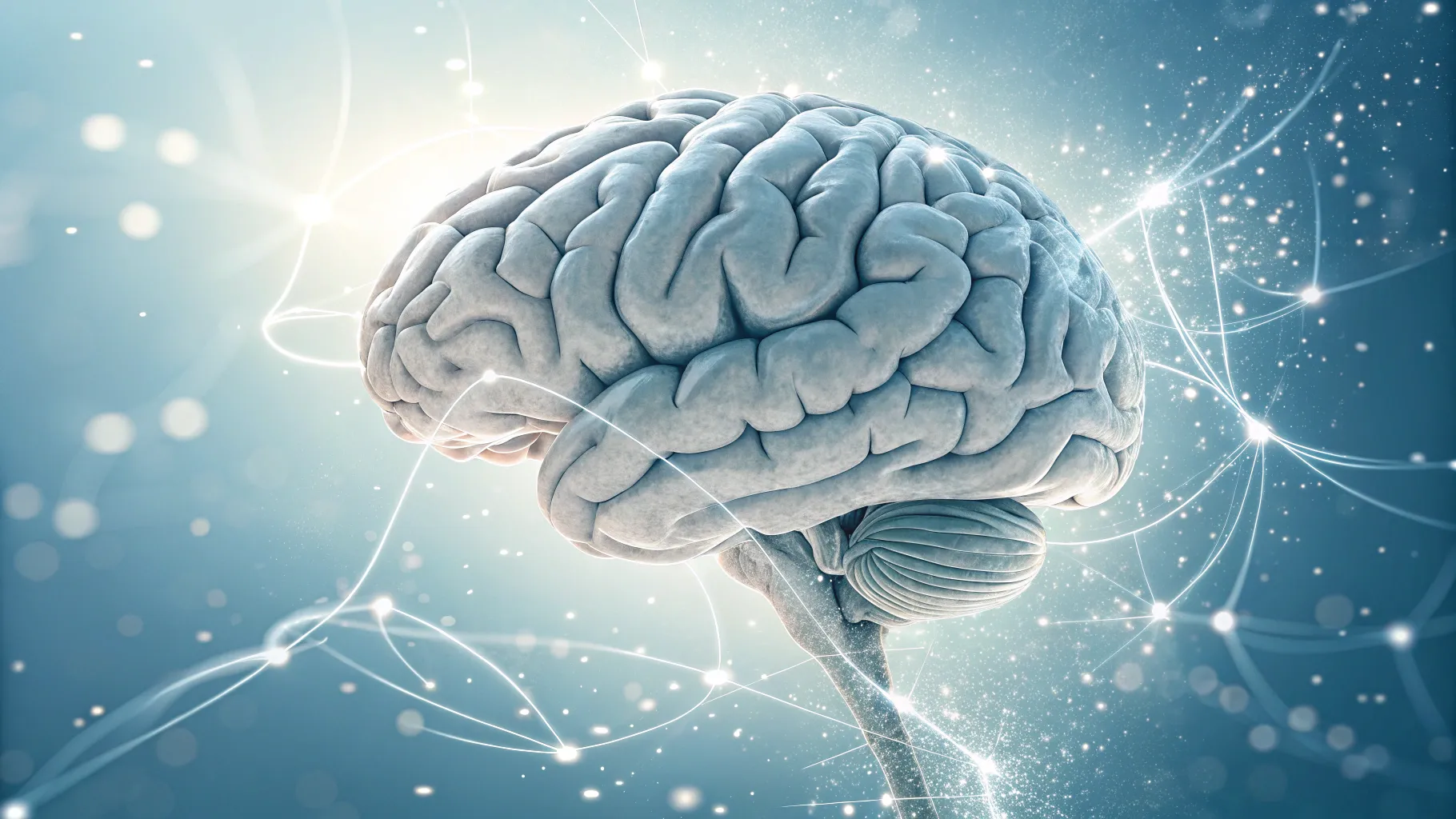
Words shape our thoughts, and thoughts drive our actions. This simple truth becomes crucial when we consider how we organize information in our increasingly digital lives. Recently, I attended a talk by Tom Solid, co-founder of Paperless Movement, where he challenged the popular “second brain” concept that many productivity experts promote. His perspective resonated with me deeply and made me reconsider how I approach my own digital systems.
The “second brain” concept suggests we have two separate systems for processing information: our biological brain and a digital external system. While this idea has gained traction, I believe it fundamentally misunderstands how we think and work with information.
The Problem with “Second Brain” Thinking
According to Solid, the “second brain” terminology creates two significant issues. First, it implies a prioritization where our biological brain comes first, and the digital system merely enhances it. This might seem logical, but it overlooks the significant differences between how our natural brains and digital systems operate.
I’ve experienced this disconnect firsthand. When I tried to make my note-taking apps function like my actual thought processes, I ended up with complex, unusable systems that didn’t match how I naturally think. As Solid points out, this mismatch leads to wasted time and energy on tools that fight against our natural cognitive processes.
The second issue is even more problematic: separation. By thinking of our digital tools as a “second brain,” we create two fragmented systems that struggle to work together. This separation causes problems in several critical areas:
- Capturing information becomes chaotic due to the disconnect between biological thinking and digital storage
- Processing information becomes difficult when trying to merge two different systems
- Retrieving information fails because our mental connections don’t match our digital links
- Planning and executing tasks become nearly impossible without coherence between systems
I’ve felt this frustration when my carefully organized digital notes felt utterly disconnected from how I think about projects and ideas. The systems weren’t speaking the same language.
A Better Approach: One Brain with Two Parts
What struck me most about Solid’s talk was his alternative framework: one brain with two interconnected parts — the physical and the digital. This subtle shift in perspective changes everything.
Rather than trying to connect two separate systems, we should create a single, streamlined productivity system built on shared concepts and workflows. This approach recognizes that we have one brain that works best when its physical and digital aspects function in harmony.
When I started thinking this way about my own productivity system, I realized I needed to model my digital tools to mirror my natural thought patterns. The digital part should operate similarly to the physical part, simply linking digital tools instead of neurons.
The Benefits of a Unified Approach
This one-brain perspective offers significant advantages. For one, it helps us enter what Solid calls “the world of systems,” understanding that our brain naturally operates as a cohesive system carrying out information tasks and routines.
With this approach, each part of our brain optimizes for its strengths:
- The physical part excels at creativity, imagination, and uniquely human skills
- The digital part excels at organizing, storing, and retrieving information
When these parts work together, we can capture and recall information more effectively, discover connections we might otherwise miss, and structure our thoughts more clearly. Most importantly, this approach helps us take action — because as Solid emphasized, “information without action is meaningless.”
I’ve found that when my digital tools feel like a natural extension of my thought process rather than a separate system I need to manage, my productivity flows more naturally. The tools I choose become intuitive because they resonate with my logic and habits.
Finding Your Flow
What I appreciate most about Solid’s perspective is how it simplifies digital productivity. Instead of juggling multiple systems or forcing our brains to work in unnatural ways, we can create a cohesive approach that feels intuitive.
The digital part of our brain becomes invaluable for planning and executing tasks, allowing us to zoom out for the big picture while also focusing on the small steps needed to make progress. By harmonizing both parts, we create a powerful, unified approach to navigating work and life.
I’m now rethinking my entire productivity setup based on this principle. Instead of asking “How can I build a second brain?” I’m asking, “How can I extend my thinking digitally in a way that feels natural to how I already process information?”
This shift toward a unified brain approach isn’t just about efficiency—it’s about reducing cognitive friction and mental stress. As Solid concluded, this approach helps us “flourish without suffering simply by following common sense.” And in our complex digital world, that common-sense approach to productivity might be exactly what we need.
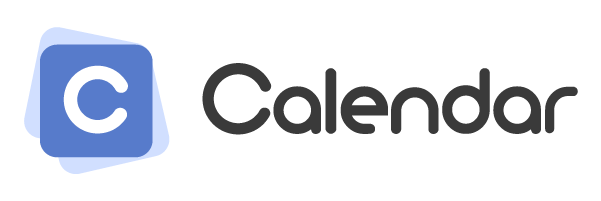
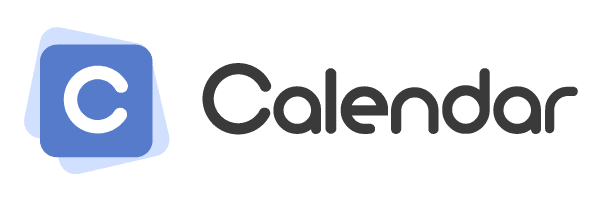
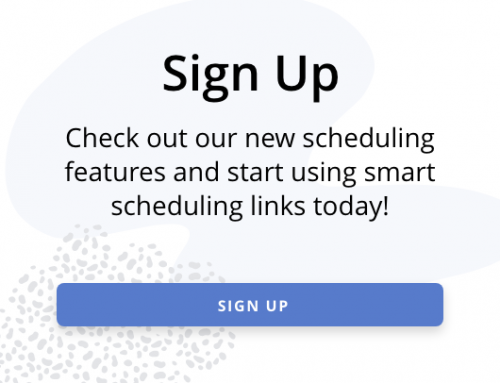



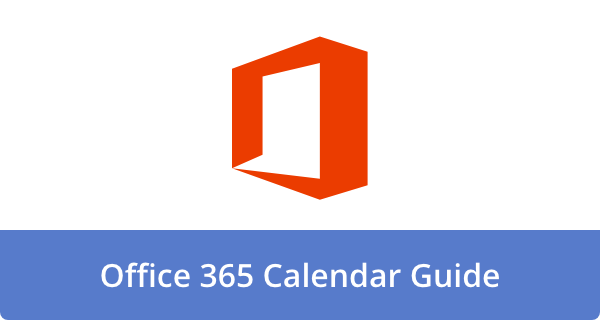
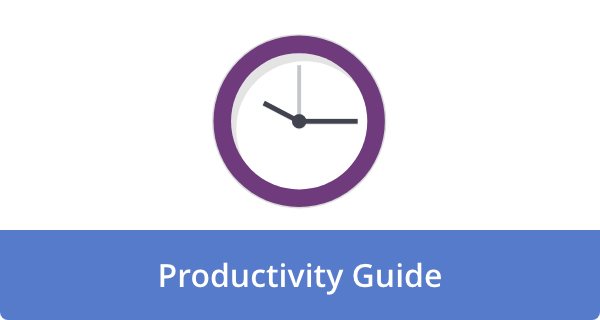



Howie Jones
My name is Howie and I'm a Customer Success Manager at Calendar. I like to ensure our customers get the best experience using our product. If you have questions email me howie at calendar.com